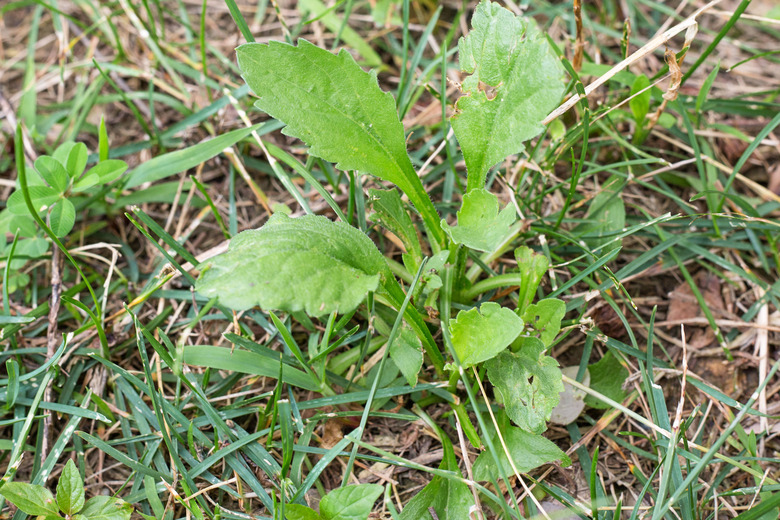How To Kill Weeds With Baking Soda
We may receive a commission on purchases made from links.
The bane of a gardener's life is weeds. They can make a carefully cultivated yard look messy and unkempt, and if left untreated, they may take over. Killing weeds can be tricky, though, as harsh chemical herbicides may also cause damage to your garden and can be dangerous to young children and pets. Luckily, there are some natural ways to kill weeds that may be safer for your lawn and garden if used with discretion. Knowing how to kill weeds with baking soda is one possible option.
How Baking Soda Works
How Baking Soda Works
Thanks to its high sodium levels, baking soda is phytotoxic to plants. The problem with using baking soda to kill plants is that it's a nonselective, contact herbicide. This means you have to be careful with your application because it can cause damage to any plant with which it comes in contact. Targeted baking soda application can help kill certain weeds without affecting other nearby plants. You must also be careful to minimize how much baking soda enters the soil, though, as it can cause damage to your future garden.
Weeds Baking Soda Can Treat
Weeds Baking Soda Can Treat
Before attempting to use baking soda to kill weeds, you should check to see if the particular weeds you're dealing with are treatable with baking soda. There's good evidence for baking soda effectively killing liverwort (Marchantia spp.), moss (division Bryophyta) and crabgrass (Digitaria spp.), for example. While it may logically follow that baking soda can effectively kill any weed it comes into contact with, it won't be as effective as a traditional, store-bought weed killers on certain species.
Spraying With Baking Soda
Spraying With Baking Soda
Another great way to ensure minimal damage to your garden when killing weeds with baking soda is by using a spray method. You can create a natural herbicide spray by mixing baking soda with water to help you better target your application. To control isolated patches of moss, for example, PennState Extension suggests adding 2 to 3 tablespoons of baking soda to a quart of water in a spray bottle, shaking until the soda is fully dissolved and liberally spraying the moss when it's warm and sunny outside, being careful to avoid surrounding plants.
You can also mix baking soda with another natural weed killer, such as lemon juice or vinegar, to give your mixture the extra weed-killing power of citric or acetic acid. A mixture of 1 1/2 cups of baking soda and a tablespoon or two of vinegar or lemon juice mixed in a gallon of water makes an effective preventive herbicide, according to ECOGardener.
When applying baking soda to weeds, keep in mind that you may need to repeat your application, particularly during the warmer growing seasons.
Sprinkling With Baking Soda
Sprinkling With Baking Soda
You can also apply baking soda as a powder to control liverwort in a greenhouse. According to the University of Maryland, simply sprinkling dry baking soda on the area can provide excellent control of liverwort.
It can be a good idea to wait until after a period of rain to try this method on small spots of crabgrass growth, as moisture on plant surfaces will help the baking soda stick. If you live in an area with little rain, you can apply water to the desired areas beforehand.
